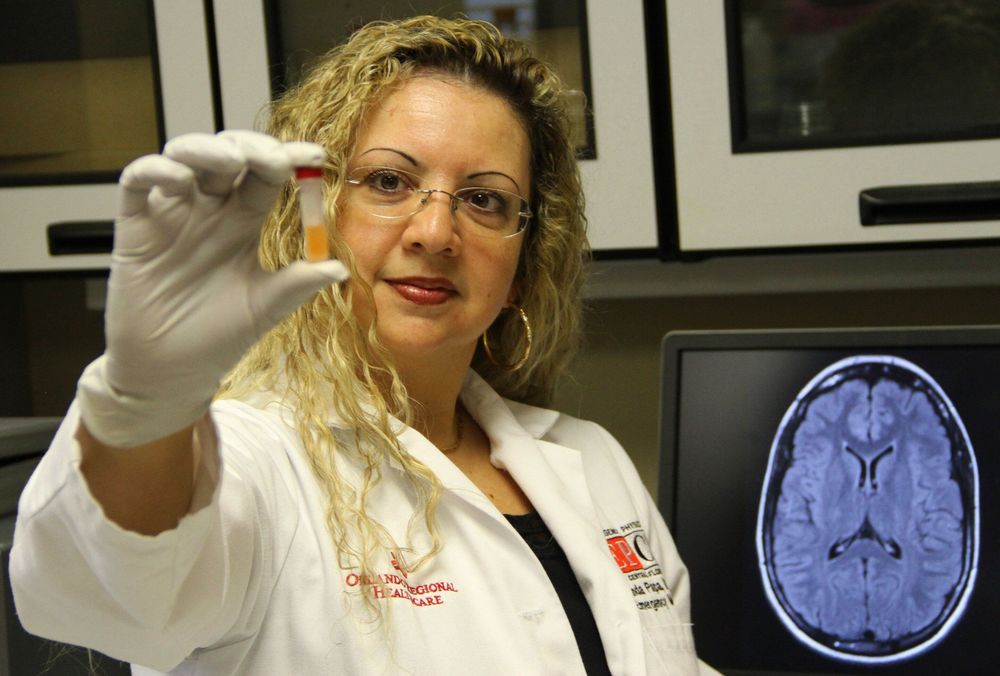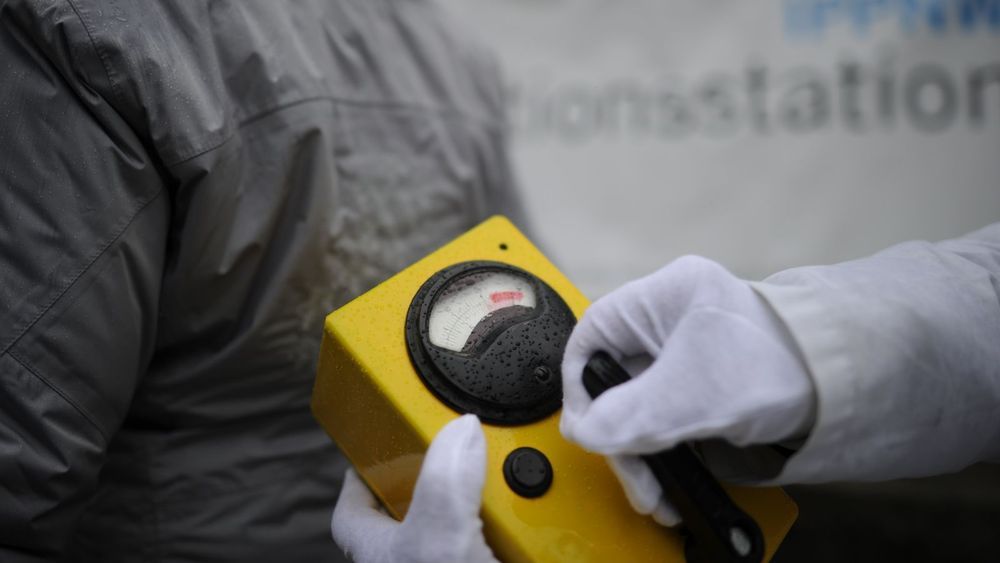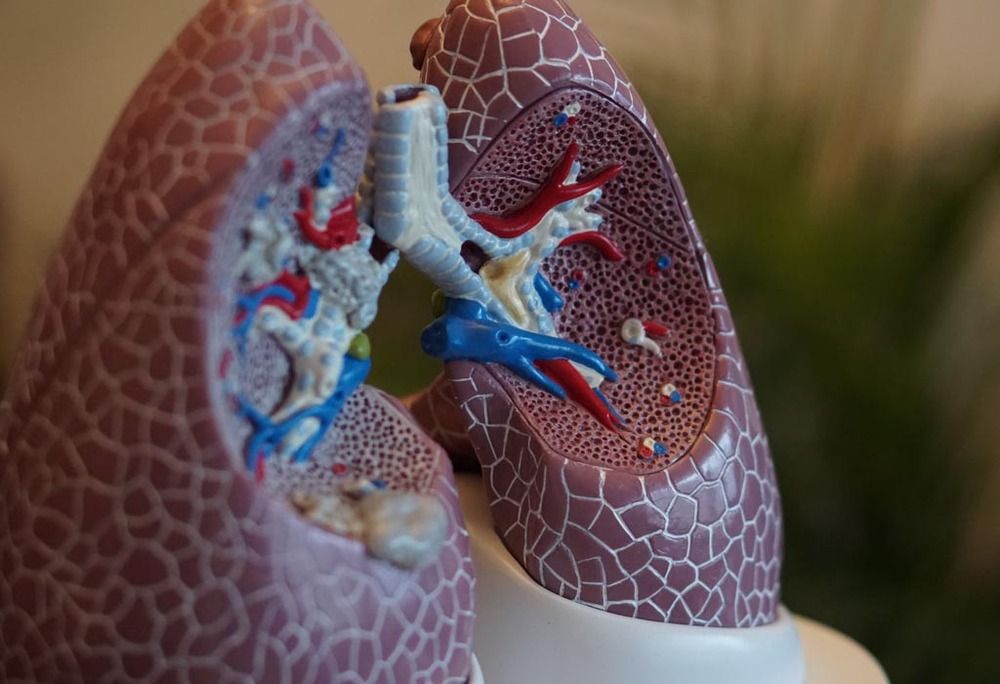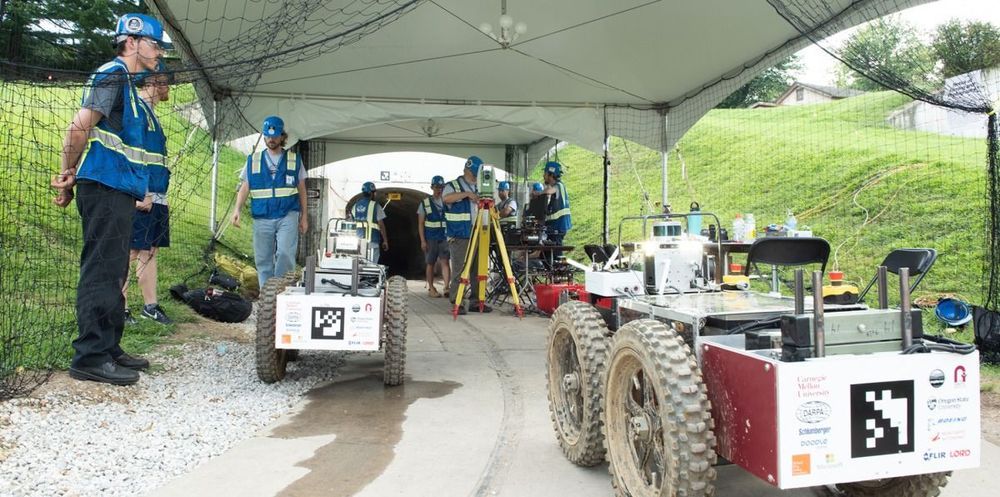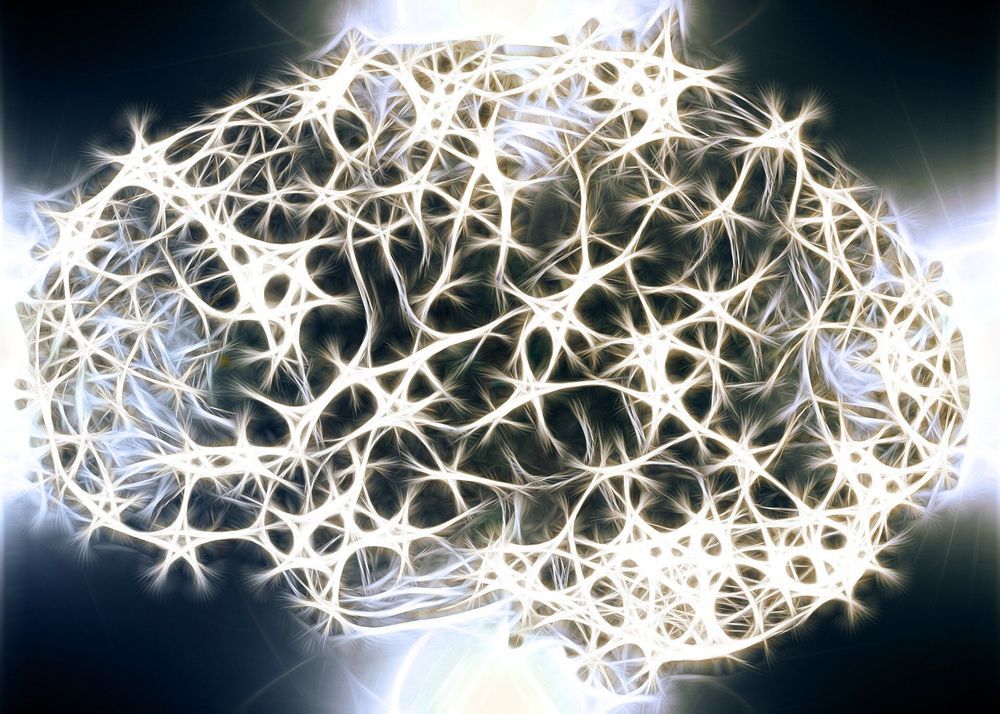In one of the largest studies of its kind, researchers at Orlando Health are making new progress in finding ways to detect a traumatic yet sinister brain injury—and getting closer to preventing further damage.
Subconcussive injuries often show no symptoms or immediate effects, but can cause wear and tear on the brain over time with repeated injuries. The latest study, published in the journal BMJ Paediatrics Open, includes more than 700 emergency room patients—children and adults. The study gets us closer to developing a standard blood test to spot these injuries as early as possible.
“A unique feature of this study is that it includes patients who hit their heads but have no symptoms,” said Linda Papa, MD, lead author of the study and emergency medicine doctor at Orlando Health. “This group is rarely—if ever—included in biomarker studies.”
